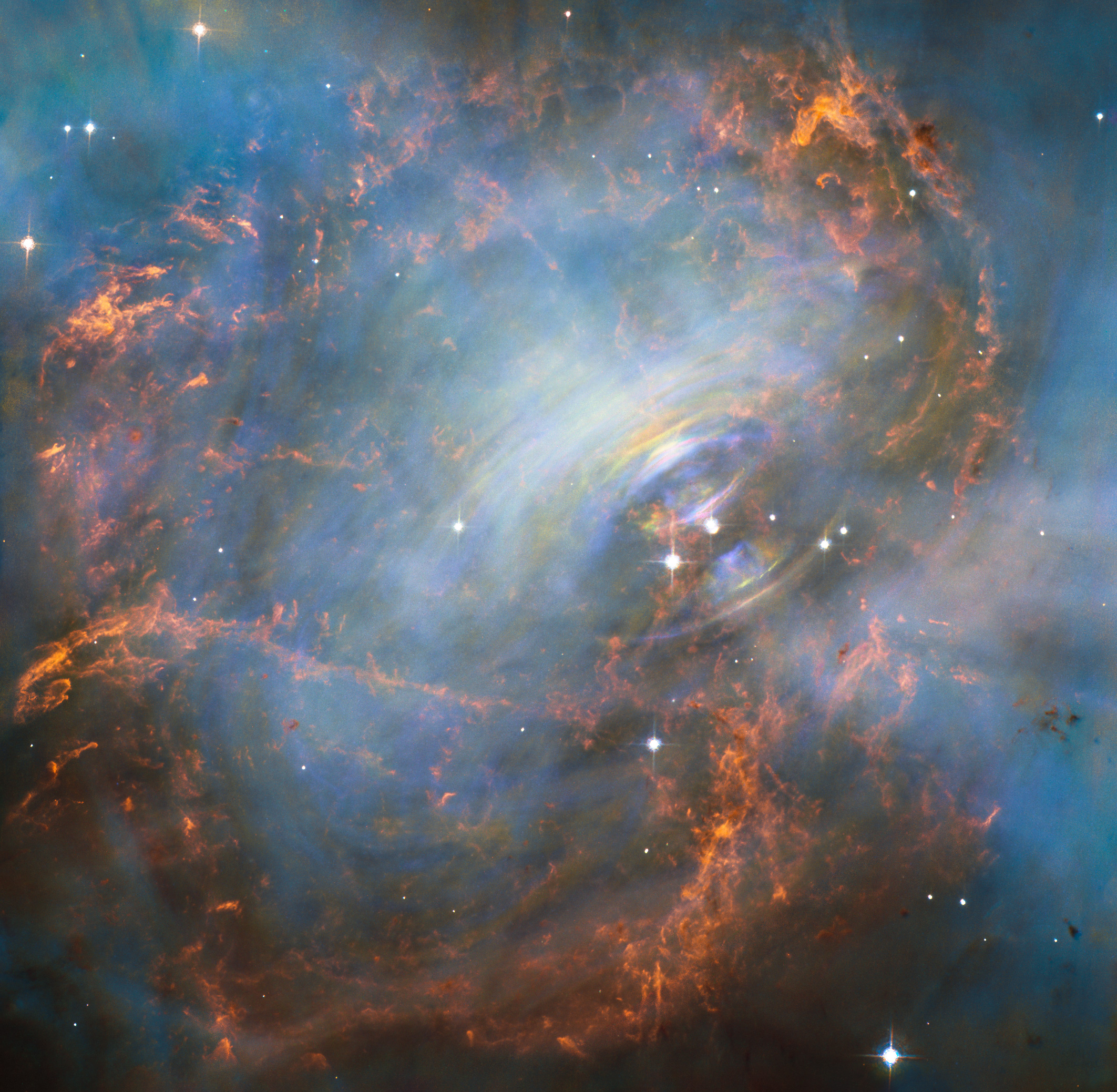Astronomy 101
- Introduction to Astronomy
- The Solar System
- Stars and Galaxies
- The Milky Way and Other Galaxies
- Telescopes and Observatories
- The Sun and the Moon
- The Earth and the Sky
- Space Exploration
- Astrobiology
- Space-Time and Relativity
- Black Holes and Neutron Stars
Black Holes and Neutron Stars
Properties of Neutron Stars

Collapsed core of a massive star consisting mainly of neutrons.
Neutron stars are one of the most fascinating objects in the universe. They are the remnants of massive stars that have undergone a supernova explosion. Despite their small size - about 20 kilometers in diameter - they have a mass 1.4 times that of our Sun. This makes them incredibly dense, with a teaspoon of neutron star material weighing about a billion tons. In this article, we will delve deeper into the extreme properties of neutron stars and the phenomena associated with them.
Extreme Gravity
Neutron stars have incredibly strong gravitational fields due to their high mass and small size. The gravity at the surface of a neutron star is about 2x10^11 times stronger than the gravity on Earth. This means that if you were to somehow stand on the surface of a neutron star (which is not possible due to other extreme conditions), you would feel an immense force pulling you down. This extreme gravity also causes the outer layer of the neutron star to be very smooth, with any irregularities being only a few millimeters in height.
Intense Magnetic Fields
Neutron stars also have incredibly strong magnetic fields, about a trillion times stronger than Earth's magnetic field. These magnetic fields are responsible for some of the most interesting phenomena associated with neutron stars. For example, they can accelerate particles to near the speed of light, creating beams of radiation that we can detect as pulses when the neutron star rotates. These neutron stars are known as pulsars.
Neutron Star Mergers and Gravitational Waves
When two neutron stars orbit each other closely, they can eventually merge in a violent collision. This event is so powerful that it distorts space-time, creating ripples known as gravitational waves. The detection of these waves has opened up a new way of observing the universe, as they allow us to study events that would otherwise be invisible.
The merger of neutron stars also produces a short gamma-ray burst, one of the brightest electromagnetic events known to occur in the universe. Additionally, it is thought that these mergers are responsible for the production of heavy elements like gold and platinum.
Detection of Neutron Stars
Neutron stars are detected through their emissions. Pulsars, for example, emit beams of radiation that sweep across the sky as they rotate. When these beams point towards Earth, we can detect them as pulses of radiation. Neutron star mergers, on the other hand, are detected through the gravitational waves they produce, as well as the electromagnetic radiation from the resulting gamma-ray burst.
In conclusion, neutron stars are incredibly extreme objects. Their immense gravity and magnetic fields, as well as the phenomena they produce, make them a fascinating subject of study in astronomy. Despite their small size, they have a big impact on our understanding of the universe.